-
Posts
6,155 -
Joined
-
Last visited
Content Type
Profiles
Forums
Store
Help Articles
Posts posted by gfron1
-
-
You are certainly more of an authority on the matter than I am, so I defer to your expertise. I will add some related history for anyone interested. The oldest found molds for pastries (There has previously been a discussion about the use of the term 'pastries' in another thread here, which I concluded simply comes down to language differences) date back to the Shang Dynasty (1600-1046BCE). At this time the items were primarily offerings, which transitioned during the Zhou Dynasty (1046-256BCE) into being gifts given to others (family, neighbors). The latter shift is a result of Héhé philosophy (harmony and cooperation).
During the Sui and Tang Dynasties, these gifts and offerings evolved further as commercialization and mass production expanded. According to records, there were many pastry shops in Chang'an (Xi’an), and professional “cake chefs"/Bîng Shī (饼师) appeared. Drinking tea with snacks also became popular in the tea banquets of the Tang Dynasty court. The word “cake”/Bing (饼) appears in texts during this period, and later "mooncakes" (月饼) are documented in connection with August 15th.
We find molds from this time that have both square and round, as well as other shapes, but the square and round were often found on the same wooden paddle because of the traditional connection between the moon (round) and the earth (square).
For anyone who wants to geek out on these details, I suggest seeking out a very cool book on dimsum history based on the molds throughout time - 小点心,大历史 (Small Pastry, Great Culture).
And apologies for any errors in my hanzi - they are taken from my study notes on the topic.
-
 2
2
-
-
18 hours ago, liuzhou said:
However, I would point out that they're not all mooncakes in the image. Only he round ones are; the circular shape resembles the moon and is an important part of the symbolism.
I think unique shapes are quickly over-ruling the round symbolism tradition, and it seems to be tied to the proliferation of the plastic plungers which come in countless shapes. I would say on the more traditional side of things Cantonese mooncakes have always had their square design next to the round.
-
 1
1
-
-
40 minutes ago, donk79 said:
Is the dough laminated?
There are two doughs in this process - a water dough and an oil dough. Each gets formed into a ball. The oil dough is smaller, and then you flatten the water ball into a disk, and encase the oil ball inside similar to wrapping a baozi. Then you roll out, coil up, roll out a second time, and coil up a second time. So, yes, it is a form of laminating I suppose where the oil dough would serve the purpose of the butter layer, but steam isn't released in this process like it is in laminates.
FWIW I thought I would try and do the math on this but I doubt I am correct. encased ball smooshed down = 3 layers.
First rollout and coil up averages 3 coils...That should be 27 layers.
Second rollout and coil up with same 3 coil average...isn't this a basic exponential equation? 27x27x27=...but that seems way too high.
Anyway, you get the idea and someone else can do the math for us.
-
 1
1
-
 3
3
-
-
-
Every year I have a few of THESE sent to the US from Malaysia. This year is particularly challenging with new tariff and shipping rules changes. Two years ago every one of them had a finger pressed in - later we learned that was the FDA/USDA? shoving a finger to prove there was no egg yolk inside, which is illegal. I find hers to be gorgeous, interesting but not out there flavors, and actually enjoyable versus the more traditional Cantonese style. [ETA for my poor sentence structure - salted yolk filling is illegal to ship in without prior approval, not shoving a finger in my mooncakes. That's perfectly legal. :)]
-
 11
11
-
-
On 10/24/2024 at 8:25 AM, FauxPas said:
@gfron1 used pawpaws quite a bit, I think. I wonder if he ever dried them?
I did and nothing there to leave substance
-
 2
2
-
-
Thanks all. This was a very deliberate planned political action. In the old days of eG this conversation would have to be hushed, but in 2024 we are in a place where food and politics are so often intertwined that you can't stifle the conversation. Bulrush has always been about social justice, reparations, empowering the disenfranchised in the region, and demonstrating how sustainability and sourcing are directly linked to those things. For me, it was important to go out on top simply because it would garner the most attention and hopefully get opportunist politicians to return from radicalism and back to their conservative nature. I don't hold out hope that will be the case, but as I've said a thousand times in the past week - what? I should put a bumper sticker on the car and hope for the best? No, there are many strategies to create change and I have chosen this on. We aren't finished yet. The national media is already working on this story.
(For anyone who gets lost on the topic - the issue is Missouri's Attorney General demanded personal medical records of trans patients. Regardless of how you feel about LGBT rights, a politician should never have access to the records created in the relationship between a patient and a trained state certified physician. Because if he has access to those files, then there is no systemic reason why he couldn't have access to any person's files).
-
 5
5
-
 6
6
-
-
12 hours ago, blue_dolphin said:
For those of us who'd like to offer a bit of financial support the program, but can’t pop over to St. Louis with our checks, is there any other way we might contribute?
Checks can be mailed to HERO H.U.T. Fund which is the school's account for extracurriculars. Memo line should read: O'Bannon Culinary Team. If it is sent to the restaurant then I can catch it for the financial match (3307 Washington Ave, STL, MO 63103). I also have talked the Les Dames de Escoffier local chapter to match as well, so all donations are being double matched. And I don't have an electronic way of doing this because it would have to go through my personal venmo or paypal, and that's too messy. Thank you!
-
 4
4
-
 1
1
-
-
As we go into the final week or two of JBF judging, I'm proud to share this interview I did with our local NPR affiliate about our work with a local high school. The school is in the historic red-lined district of St Louis, which, while legally ended in the 70s, practically continued into the 80s and some would argue, today. HERE is the interview.
On Thursday we were named the #1 restaurant in the city by the Post-Dispatch (the city's main newspaper). We were #2 last year. I'm immensely proud of my team!
-
 14
14
-
 5
5
-
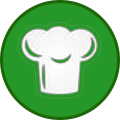 1
1
-
-
Ha! Yeah, obviously fingers and brain were not connected with that response, so I'm glad folks sorted me out.
-
Many possible explanations, but if it called for cake flour, that means there is corn starch in with the flour, and so if you didn't replace that, this is a likely outcome.
-
2 hours ago, liuzhou said:
I have a couple of those moulds*. They are fascinating. I bought them even though I don't bake - just for the aesthetic appeal.
*I'd show you them but they are still in "one of those boxes" after moving house in January!
If you ever dig them out I would love to see them. I have a few modern wooden molds, but like everyone else I've been getting into the plastic lately
-
-
 4
4
-
-
I am circling back on this topic because I knew there was a culture context that I was missing between my question and Liuzhou's response. My bestie is from Shandong province and he and I have been having an ongoing conversation about this confusion. I share his response:
QuoteI'm sending you a couple of articles. Hope Google translator can help. From what I understand, Chinese pastry goes wayyy back. But as you can image, it's also been changing and progressing. So by Qing dynasty, it became a common gift people gave to friends and family, and it combined all previous forms and cultures (Qing is ruled by Manchurians, and Han and Mongolian etc). It's always evolving and becoming richer and diverseDim sum in modern Chinese refers to bunch of different types of foods, mainly pastry and sweets. This might be confusing, because in the west dim sum refers to those small dishes found in Cantonese restaurants sold on weekends. This usage is much narrower than what it means in China and Chinese language contextthis is why I was so confused when i moved to the US 15 years ago, when my white American friends asked me if I ever had dim sum. I was like, what are you talking about? Of course, everyone eats dim sum. Then he goes "let's go to a restaurant for dim sum then". I was, it doesn't make any sense dude. Turns out i had never had the "dim sum" (pushing carts) he was talking about in the English language context, because that small dish dim sum is really just Cantonese foods, which northerners like myself don't consume a lot. And because most early immigrants were from canton area due to California rail road construction etc., so lots of westerners equate their subculture as the whole Chinese culture. So if you ever visit China (anywhere but canton or hongkong), ask them: have you had dim sum? I bet 9 out of 10 would say no.The articles he shared are below, both of which Chrome did a pretty solid job in translating for me:
http://life.51grb.com/life/2022/09/26/2024320.shtml
So it appears that baking has a long history and even a professionalization back to the Tang Dynasty:
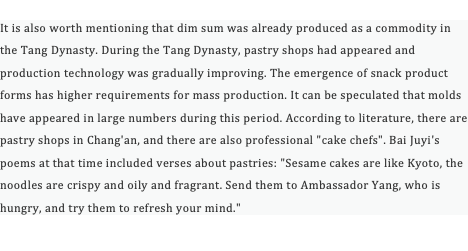 Now I'm more determined than ever to find the books or blogs that explore this history.
Now I'm more determined than ever to find the books or blogs that explore this history.-
 2
2
-
 1
1
-
-
I lease mine and won't every buy again. They service it monthly and that's included in the price. They'll have options of hot or cold water, and size/location. Now I have an left to right, but previousy I had a corner unit. At our bar we have a small one that's quieter but has a very small profile. A leasing agent will have options for you to consider.
DO. NOT. USE. SYSCO or any other EcoLab system. They lock you into arrangements that you may not want and for a price higher than anyone else. They are trying to sell you convenience. I found a company through my commercial equipment repair company, and they have the lowest price, year to year leasing so i can bail at any time, and they do not require that I buy their chems - unlike SYSCO and many other places. They happen to have the cheapest chems so I often do, but I can also grab some at Restaurant Depot in a pinch.
In New Mexico we bought, and felt great about that until we started having repairs and that happens a lot, which brings in mechanical repairs and plumbing repairs, we had to dial in our own chems which sometimes led to issues with our health inspector, etc. I think the $80/month I pay for my machine and servicing is well worth it.
-
 5
5
-
-
Wondering if anyone has ever noticed a difference to explain the price variance among these products by brand. For an example, the bag on the left is .99c US at my local store, and right next to it was the bag to the right priced at $2.19US. There's a third brand that falls in the middle at $1.79US. I've never noticed a difference but I don't use them every day.
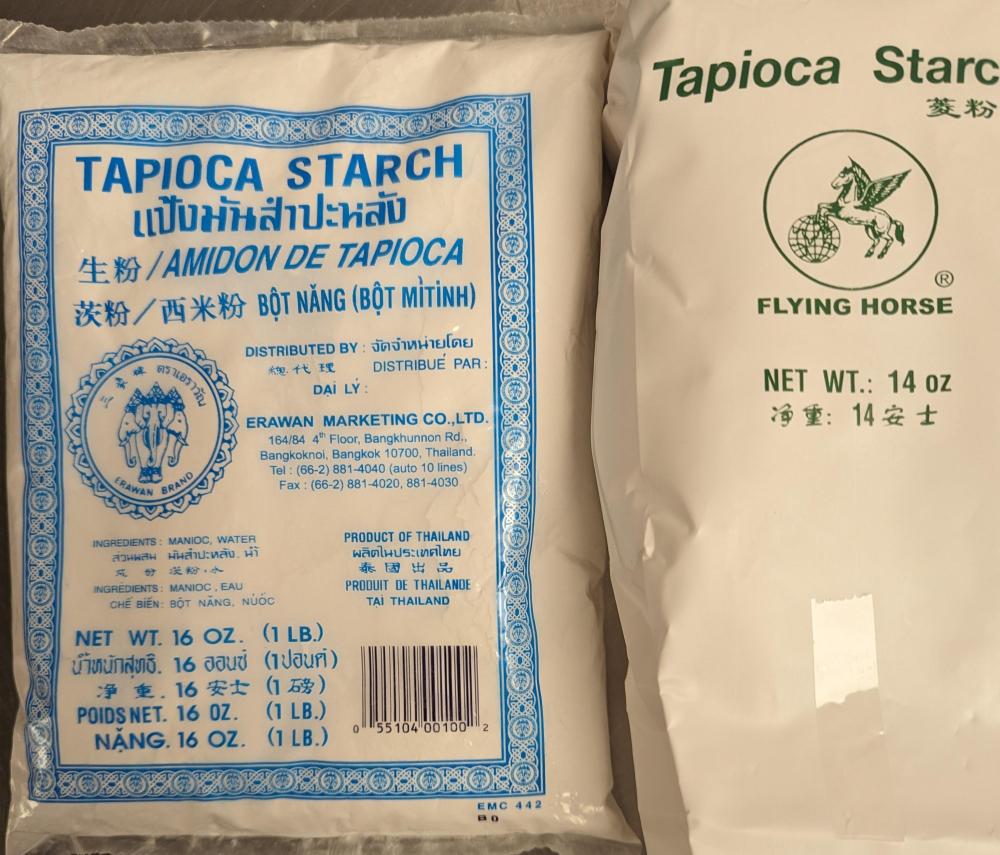
-
1 hour ago, Choco Loco said:
Thank you. I absolutely would do it after figuring out feasibility of this potential business. I actually have a strong business side and created a few business plans. I am looking for help with a couple assumptions, that are specific to the business I am unfamiliar with.
OK, it sounds like you've got things well under control then. I would suggest browsing the pastry forum which has a few topics on starting a chocolate business. Those might have what you're looking for.
-
I highly encourage you (since you're in the US) to reach out to your Small Business Development Center. Their experts can walk you through the development of a business plan, which will cover all of these questions and more. Please take this comment in the spirit of helpfulness it is intended - your original question suggests that you have very limited knowledge of running an operation like this, and the failure rate of new businesses is so high, and in chocolate with ever rising CoDB the risk is even higher. My original SBDC consultant (which is a free service) told me that their job is to talk me out of starting a business, because if they couldn't do that then I likely had a solid plan for success. Best wishes in following your dream!
-
 2
2
-
-
-
12 hours ago, curls said:
Looks delicious! Please share the recipe.
HERE you go
-
 1
1
-
-
9 hours ago, liuzhou said:
Lard is often used in Chinese baking. Not always appropriately. I remember one particularly disgusting birthday cake which smelled of farmyard.
Just recently they have discovered butter. Don't know if it'll catch on, though.
I've noticed butter making an impact lately as well. And which pig and which level of refinement certainly makes a difference. Ours didn't have that smell or flavor at all, but I know in the past we've had some strong flavored lard. Since these were just for me it didn't really matter.
-
5 hours ago, Beebs said:
What fat did you use for your roux?
We just slaughtered a pig for the restaurant so lard it was
-
 1
1
-
-
-



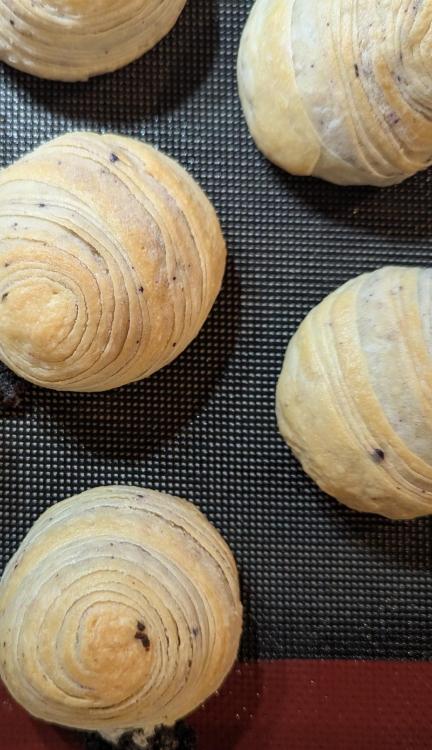
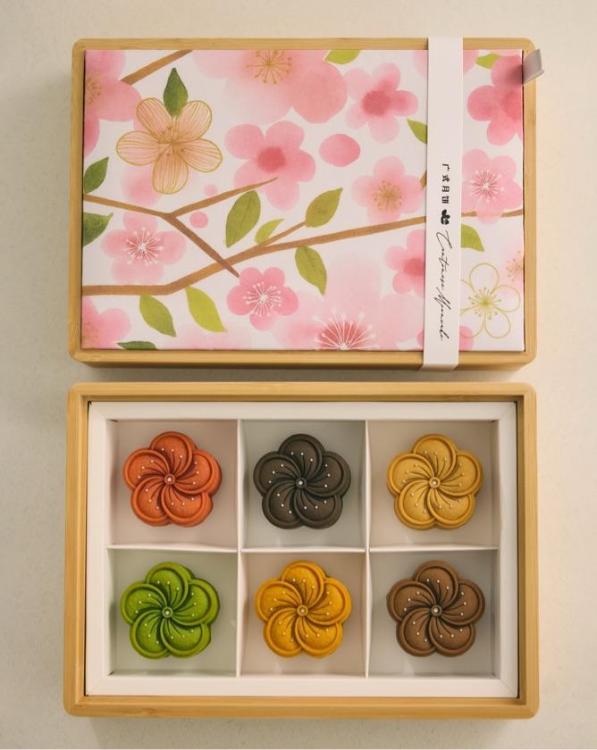
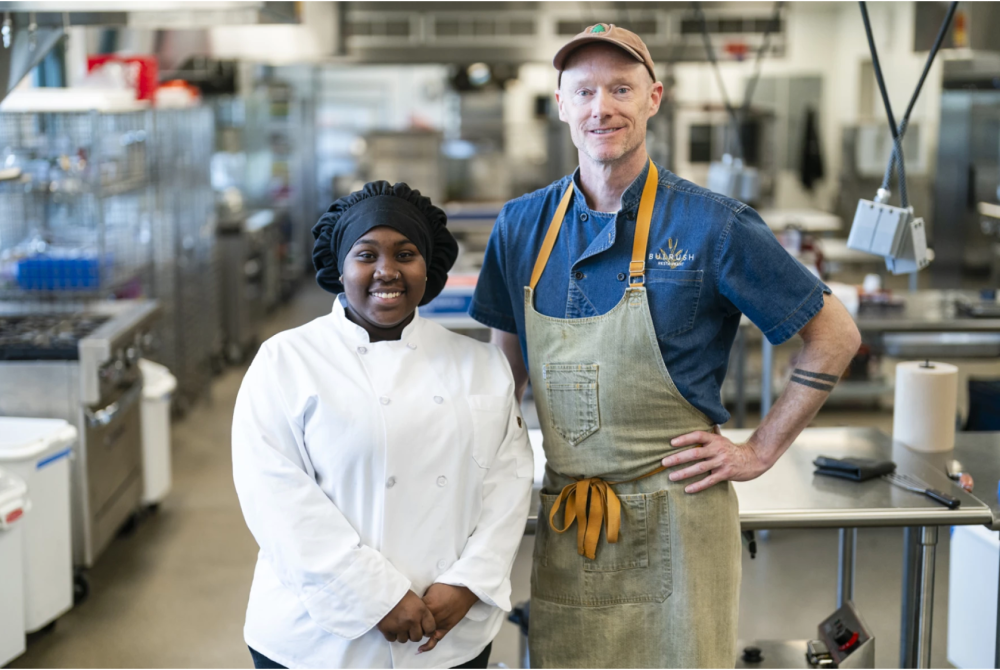
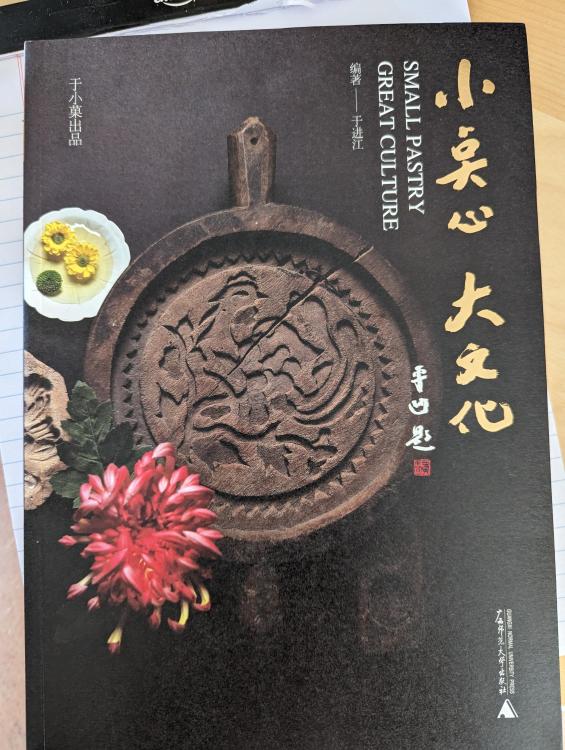
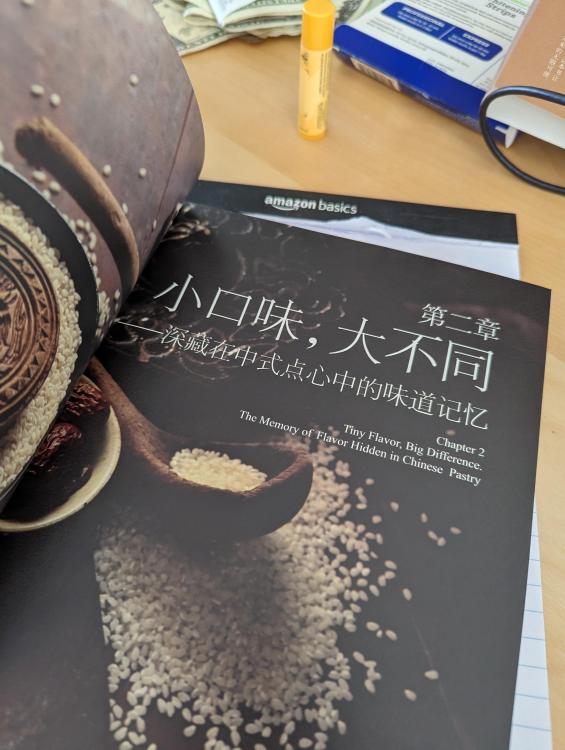
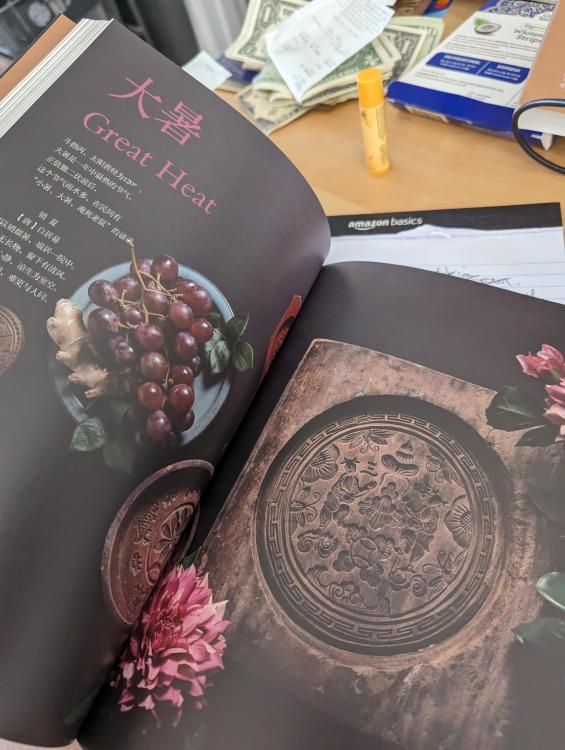
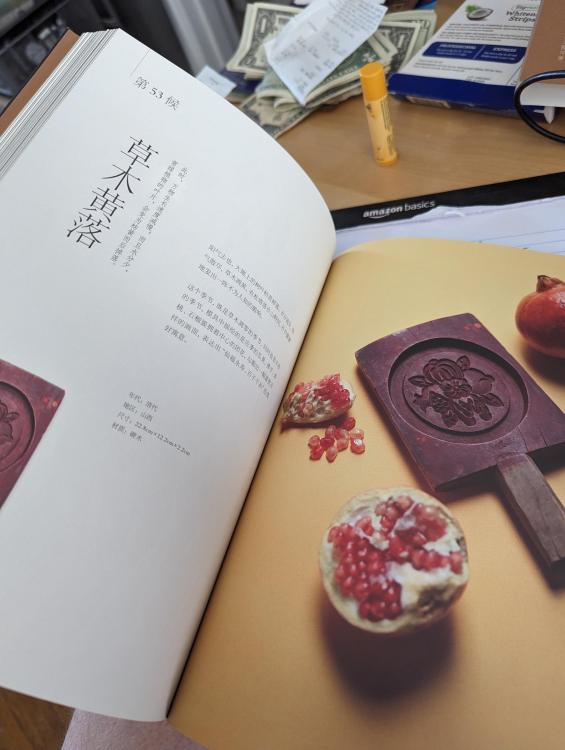
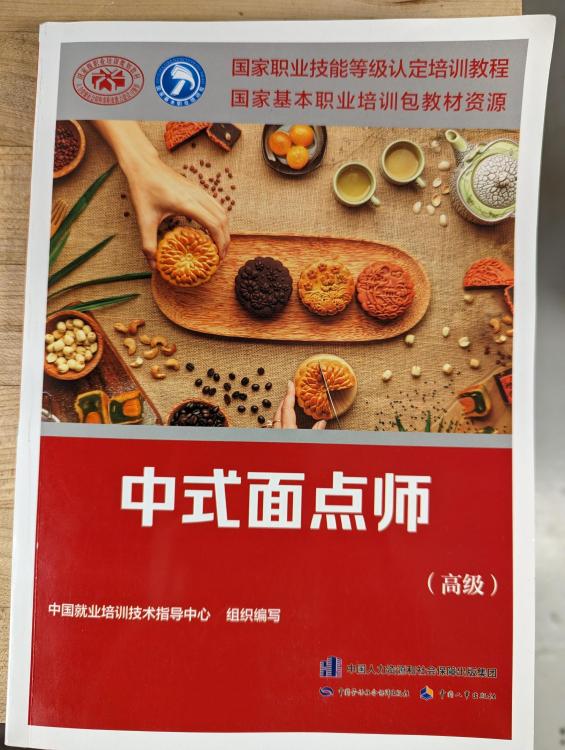
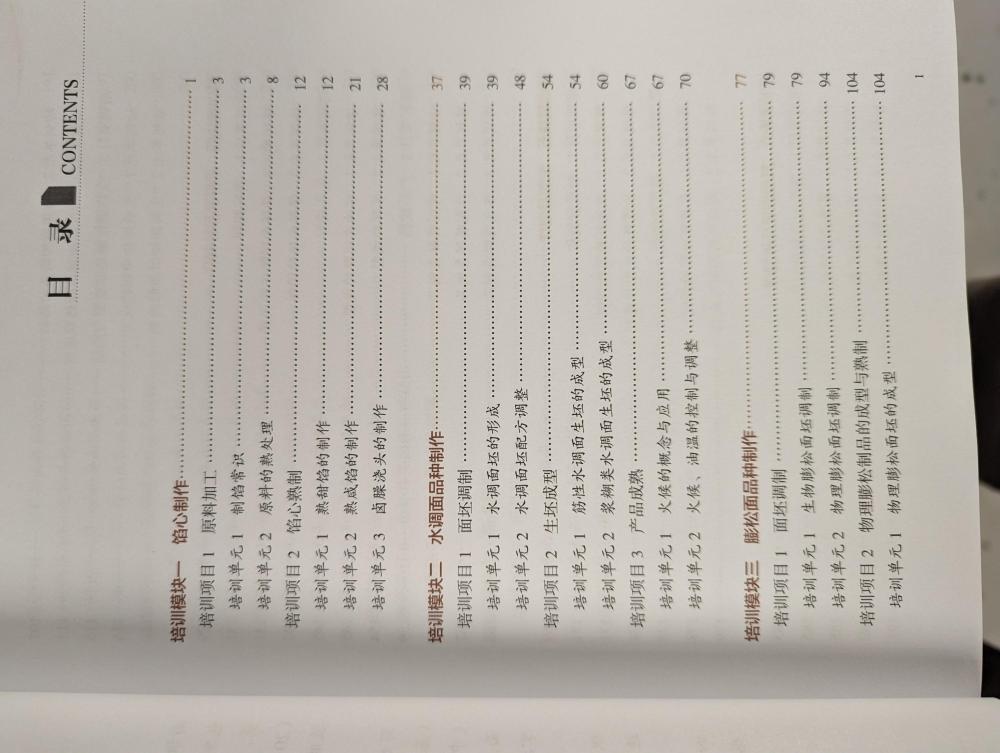
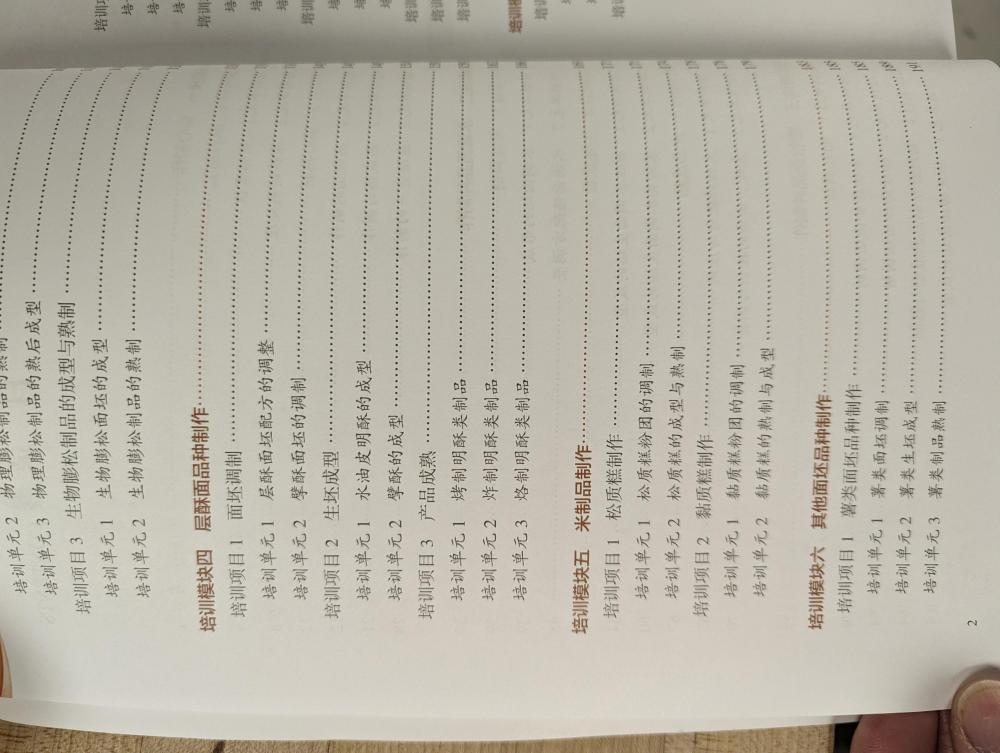
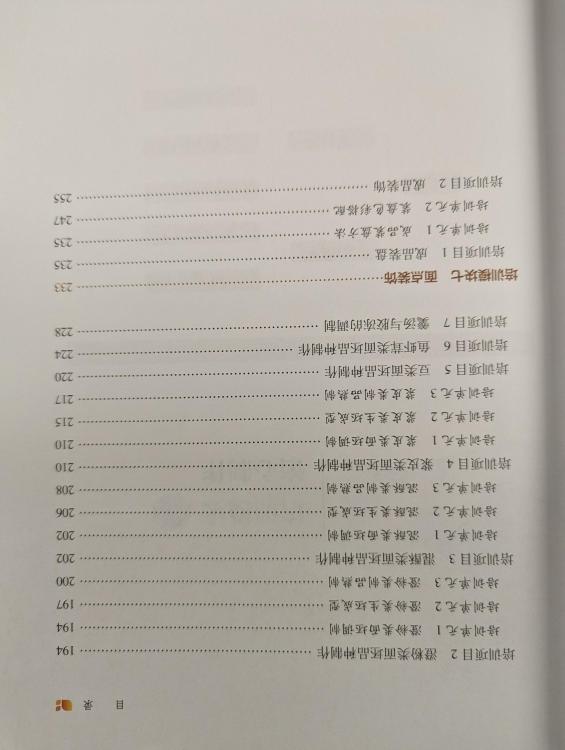
.thumb.jpg.7e93f035d7746a08e44c5cc50d18950c.jpg)
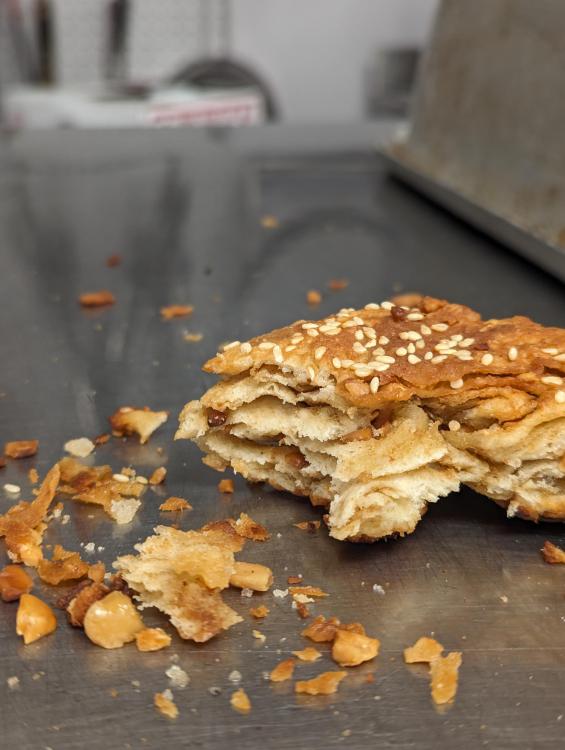
月饼 Mooncakes 2025
in Food Traditions & Culture
Posted
Not everyone loves mooncakes, but I do, because for me they represent friendships, celebrations and sharing. This is the set I made this year to give to friends. I'm pretty happy with them, but the star was unexpectedly the black sesame and pineapple. The subtle technical challenge is making the filling dry enough to mold, but not so dry as to make it unenjoyable in the mouth. My black bean mandarin filling was a touch too dry, but the sesame, which I thought was too loose, turned out perfect.